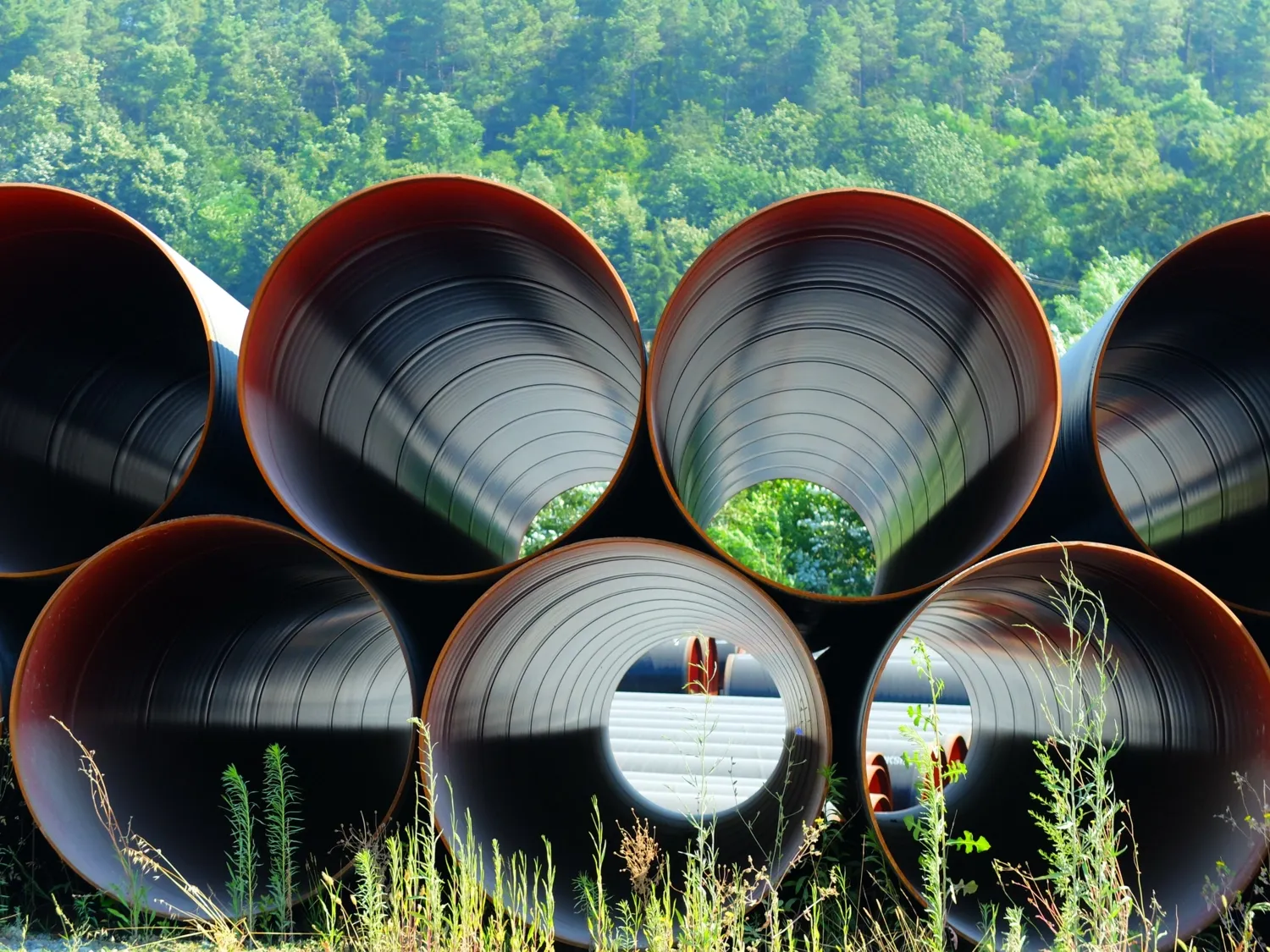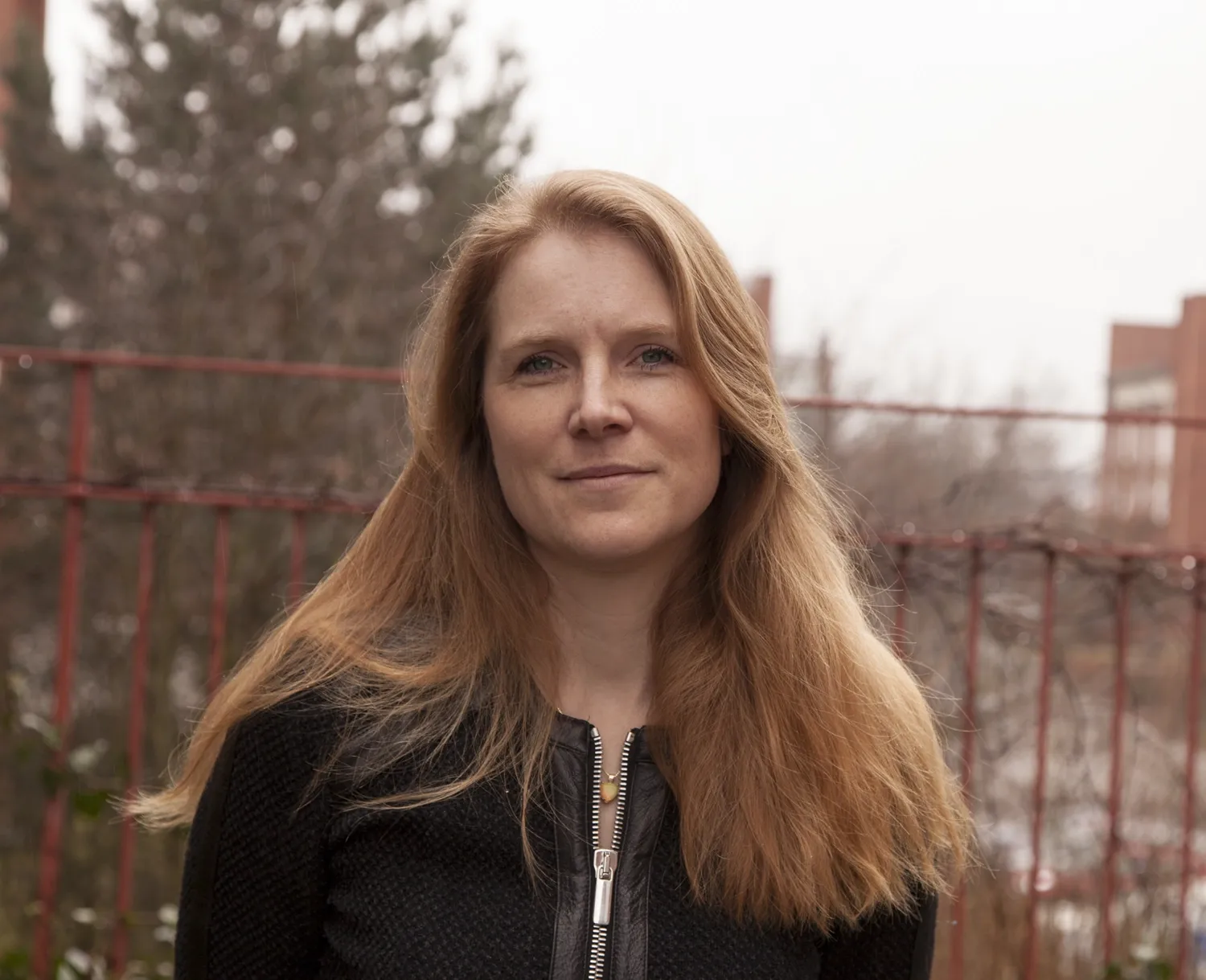Challenge for researchers to keep up with the green transition

In the wake of the green transition, new risks are emerging in people's work environments, says Karin Broberg, professor at the Institute of Environmental Medicine at Karolinska Institutet. "It goes very quickly from a pilot to being scaled up to become the next generation of fuel or to become the next plant for how to recycle plastic," she says. At the end of the year, her research team will publish a study on the work environment in Sweden for those involved in recycling metals.

The green transition is about reducing our dependence on fossil fuels, creating more sustainable manufacturing processes and recycling and reusing materials. There are high expectations that the transition will happen quickly.
The rapid pace is creating risks in people's working environments, says Karin Broberg.
"The alarms about climate change are screaming for things to happen very quickly. And I fully understand that. But there is a clear risk that there is not enough time to think through what the changes mean at all levels for those who work in these industries. Or what happens if new substances are accidentally released into the general environment," she says.
The manufacturing industry is currently using new chemicals that are supposed to be more environmentally friendly. But according to Karin Broberg, research still knows very little about how they affect people.
"These are chemicals that are supposed to be greener, but they often resemble substances that we already know are dangerous."
Needs to be investigated
In traditional industries that handle coal and oil, the occupational health and safety risks are better known.
"We researchers have had time to follow up what happens to those who work in these industries or are exposed in the general environment. We know much more about the risks of disease and can also say at what levels something is dangerous," says Karin Broberg.
Battery manufacturing is part of the green transition. Batteries are required to produce electric vehicles and they are also used in many home electronics. Large quantities of metals are used in their manufacture, which are often highly reactive. But the risks to people working in such environments are not clear.
Karin Broberg and her colleagues reacted strongly to the news of the deaths at battery company Northvolt last summer.
"After several weeks, I read that those who had died had still not been tested for chemicals in their blood. I became frustrated. This needs to be investigated urgently to see if it has to do with the work environment." she says.
The investigation is still ongoing and it is not yet clear what caused the deaths.
Recycling industry a white spot
Karin Broberg estimates that some of the biggest risks in the green industry are in recycling. Her research team is completing a three-year study this year to investigate the work environment in metal recycling in Sweden.
"The recycling side has previously been a white spot in terms of knowledge. It has been difficult to get into the companies. But now employment is on the rise and many recycling companies want to take a more long-term approach to work environment issues."
What kind of work environments have you encountered?
"In some places there is a lot of manual work. You have to break toys to take out lithium-ion batteries. You have to shred home electronics to get at the metals. It can often be very dusty."
The first results of the three-year study will be published at the end of the year.
Disadvantaged groups at risk
Karin Broberg's concern about the work environment risks of green transition is that it is often the voiceless groups that are affected. For example, the recycling industry has been identified as a future industry for people with low education who are far from the labor market.
"The substances you are exposed to are potentially very toxic, and we still know very little about some of them. So it is important that we minimize the risks and do not create dangerous working environments for groups of people who have difficulty speaking out," she says.
One of the major challenges for research is that it is difficult to keep up with the green transition.
"It goes very quickly from something being a pilot to being scaled up to become the next generation of fuel or to become the next plant for how to recycle plastic. We want to work with companies before they have had time to scale up the pilots. We want to be involved from the start and examine the processes so that the working environment is good."
Text: Anna Grettve
